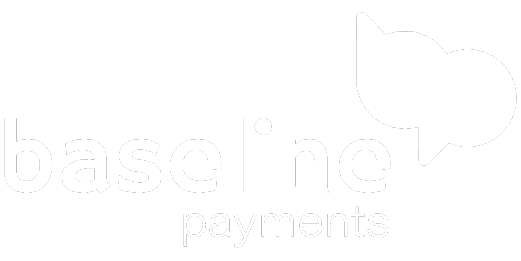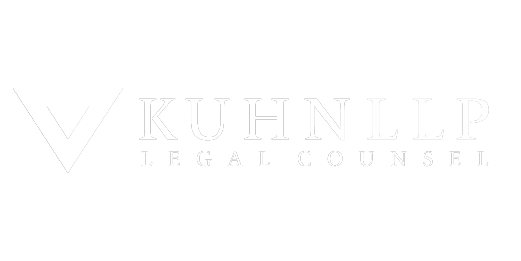A new housing approval study by the Greater Homebuilders Association Vancouver (GVHA) shows better use of infill housing could relieve some pressure on the region’s white-hot real estate market.
Bob de Wit, GVHA CEO, explained infill housing is redeveloping existing lots with single-family homes to include duplexes, secondary suites, laneway houses, coach homes and more.
“The idea is to add more density to the existing land base,” he said. “But it’s not condos or townhomes.”
He explained part of the appeal is that infill housing, unlike massive towers or large townhouse developments, are more likely to be better received by existing community residents.
Use of infill housing as a percentage of total housing stock has only seen a modest increase in the past four years, going from 13.5 per cent in 2012 to 15.5 per cent in 2016. And this growth doesn’t include the addition of affordable, ground-oriented ownership options such as the duplex, triplex and fourplex — the proportion of which remains flat at just 2.2 per cent.
De Wit states infill housing is a massive untapped resource.
According to the study, more than 360,000 single-family homes occupy 63 per cent of residential zoned land. Many of them could be divided up to four residences via subdivision or redevelopment to duplex, triplex or quadplex.
But the main barrier to this is often lengthy and expensive rezoning processes that vary greatly from city to city and isn’t guaranteed to be successful, the study notes. Processing time varies from seven months in Langley City to 24 months in White Rock with no discernable pattern due to the variances realized in large versus small municipalities, heavily urban versus primarily suburban, geographic location and permit application volumes.
There is also a wide range of fees and charges required to approve infill housing, from a low of $18,000 in Port Coquitlam to a high of $61,000 in North Vancouver District.
“Every time you go to do it you have to apply for rezoning,” said de Wit. “It takes a long time and there is a risk you won’t get approved. A lot of developers aren’t taking the risk. They will buy a lot and build a single-family home and sell as quick as they can.”
The paper presented a strategy to achieve “gentle densification” of ground-oriented, family-friendly housing within existing neighbourhoods. The top 10 municipalities identified were Burnaby, Langley Township, New Westminster, Richmond, Port Coquitlam, North Vancouver City, Port Moody, Delta, Vancouver and White Rock.
The study identified a series of best practices. De Wit said one of the most useful would be pre-zoning neighbourhoods suitable for subdivision.
The public consultation process would take place at the Official Community Plan or Local Area Plan stage.
De Wit noted that eliminating rezoning on a project-by-project basis would dramatically reduce the time and cost required to build infill housing.
“It takes that long process out of it and it adds certainty to the development process,” de Wit said. “By shortening the timeline and adding certainty you will add a lot more of this housing on to the market.”
The study also suggested using a risk-based permitting and inspection policy, also known as a Nexus Lane, to reward professional applicants with accelerated processing. Having a single point of contact, doing permit applications online and concurrent processes were other recommendations made.
To read this article, visit Journal of Commerce: Inf ill housing an untapped resource in Metro Vancouver










